42 new food labels australia
Labelling - Food Standards Food labels also help to protect public health and safety by displaying information such as use by dates, ingredients, certain allergens, instructions for storage and preparation, and advisory and warning statements. FSANZ sets standards for what information must be on food labels. FSANZ has developed information on a range of labelling topics. Farmers hope new food labelling laws spur consumers to buy more ... After a two-year phase-in period, new country-of-origin food labelling laws come into full effect in July. An example of the new labelling system that is now compulsory. (Supplied) The labels clearly spell out where food is from, and which foods are grown, produced or made in Australia. All priority foods must display new country-of-origin labels.
Food labels - Better Health Channel Australia New Zealand Food Standards Code Standard 1.2.7 Nutrition, health and related claims controls the use of content claims on food labels. Nutrition content claims make statements about certain nutrients or substances in a food (for example, 'high in calcium').

New food labels australia
Labelling poster - how to read food labels - Food Standards This interactive resource explains the food labelling requirements set out in the Food Standards Code and what that information means. Click on the numbers to find out more about food labelling. A useful poster is also available. You can download a copy here (PDF 372KB), or for a printed A2 version please email information@foodstandards.gov.au. New food labels in Australia 'confusing' The fast food chain has also introduced the percent daily intake labeling scheme on its products across Australia. Meanwhile the Australia and New Zealand Food Regulation Ministerial Council has called on the Food Regulation Standing Committee to begin research on new forms of front-of-pack food labelling, including the 'traffic light' system. P1044 - Plain English Allergen Labelling - Food Standards The Australia New Zealand Food Standards Code (the Code) requires these to be declared on labels when they are present in food. On 25 February 2021 the Code was amended to introduce new requirements for the labelling of allergens in food. These requirements include that allergen information is to be declared:
New food labels australia. Food labelling - Department of Health Food labelling Food labels provide a wide range of information to help consumers make food choices. Food Standards Australia New Zealand sets food labelling requirements in the Food Standards Code (external site) . These Labelling Standards are enforced by local government Environmental Health Officers. The Food Standards Code includes: Food labelling | NSW Food Authority New requirements for labelling the most common allergens in food commenced on 25 February 2021. The changes to the Food Standards Code will help people find allergen information on food labels more quickly and easily, so they can make informed and safe food choices. For more information see Changes to allergen labelling . How to understand food labels | Eat For Health The Health star rating (HSR) system is a front-of-pack labelling scheme developed for use in Australia and New Zealand to 'provide convenient, relevant and readily understood nutrition information and/or guidance on food packs to assist consumers to make informed food purchases and healthier eating choices'. Food Labels - Amazing Quality & Instant Pricing - Labels Online Premium Food Labels by Labels Online: Everything from jam labels and honey labels to spices and nuts. Ideal for use in retail, markets, marketing or promotions. Apply to pouches, packaging, bottles, jars, tins, bags & boxes. Display information about your brand, packaging net weight and Country of Origin information.
Country of origin labelling - Food Standards The Australian Government introduced a country of origin food labelling system under Australian Consumer Law on 1 July 2016. Country of origin labelling requirements for food is in the Country of Origin Food Labelling Information Standard 2016, under the Competition and Consumer Act 2010. These requirements became mandatory on 1 July 2018. Food Labels: How to Read Nutrition Labels | New Idea Food Firstly, use the per 100g column on food as serving size is not always a good depiction of your intake. As a rough guide Chloe recommends: Sodium/Salt: <120mg/100g for low salt or <400mg/100g for moderate. Energy: aim for: <600kJ per serve for a snack. Fat: aim for <10/100g Saturated fat: aim for 2g/100g or less Trans fat: aim for 1g/100g of less New Food Labelling Laws Begin July 1 - Australian Institute of Food Safety After the federal government made changes to its food labelling laws in March, businesses across the country will be required to apply new 'easy to understand' food labels from July 1. The new labels will reveal where products are produced, grown, made and packed, as well as what percentage of the ingredients come from Australia. Grown in Australia? New food labelling system offers the answers From 1 July, manufacturers will have to comply with a new standard for food labels, which will include more details about where the ingredients are sourced. Grown in Australia: This is a claim ...
Pet Food Labelling - Keeping Up the Standard | PFIAA Pet food labelling in Australia should comply with Australian consumer law and the Australian Standard for manufacturing and marketing of pet food - AS5812. Label requirements under AS5812. The Australian Standard for manufacturing and marketing of pet food AS5812, provides detailed guidelines for compliant pet food labelling in Australia. Labelling - Food Standards The Food Standards Code includes the general labelling and information requirements (Chapter 1 of the Code) that are relevant to all foods, and sets out which requirements apply in different situations (for example food for retail sale, food for catering purposes, or an intra-company transfer). 2022 Record Labels in Australia ACCEPTING Demos From New Artists 2022 Record Labels in Australia ACCEPTING Demos From New Artists. Music. By Gemtracks Staff May 16th, 2022. NEW!! Imagine being a recording artist. For a cheap $149, buy one-off beats by top producers to use in your songs. Gemtracks is a marketplace for original beats and instrumental backing tracks you can use for your own songs. What's on a food label | NSW Food Authority All food labels must contain a lot identification code, a Lot ID. This provides important information about production and is used to help track the food if it is recalled. Australia New Zealand Food Standards Code - Standard 1.2.2 - Information requirements - food identification. Health and nutrition claims
Food labelling - Health.vic Food labelling Key messages All packaged foods sold in Australia must comply with the labelling requirements of the Australia New Zealand Food Standards Code, which applies in Victoria through the Food Act 1984. Food labels must carry essential information, so that consumers are informed of the nature and properties of foods before they buy.
How to read food labels | healthdirect In Australia, the law requires all manufactured foods to carry labels containing safety and nutrition information. This information helps you to make decisions about the food you buy and eat so you can follow a healthy diet. The label will tell you: the name of the product, describing accurately what it is the brand name
Food label reading guide | Nutrition Australia Food and drink labels will include information about the product, where and when it was made and a statement of ingredients, as well as any warnings or allergen statements. Most food or drink packages have a Nutrition Information Panel (NIP) which tells you the quantity of various nutrients a product contains per serve and per 100g or 100 ml.
Food Labelling & Allergen Guide - Australian Food and Grocery Council The Food Industry Guide to Allergen Management and Labelling offers guidance in managing allergens. It's relevant to those involved in the supply, handling, production, import and sale of foods. It was first development by the AFGC in 2007 but an updated edition was jointly published by the AFGC and Allergen Bureau in April 2021.
Labelling laws | NSW Food Authority * Food labels are legally required to show the name and Australian or New Zealand business address of the manufacturer or supplier (packer or vendor importer) plus the lot and batch number of the food (or date coding) to enable efficient food recalls. Food is recalled when it poses a possible public health and safety risk to consumers.
Australia's new compulsory food labelling laws begin from July 1 WHAT THE NEW LABELS MEAN The labels will feature either a text statement, or a mark that includes a kangaroo logo, words and a gold chart, which will show the percentage of ingredients sourced in Australia. GROWN IN AUSTRALIA The label is mainly used for fresh food, such as fruit, vegetables and meat.
Food labelling and imported food | business.gov.au When the transition period ends on 1 July 2018, food entering Australia must be labelled according to the requirements of the Information Standard or penalties will apply. However, stock in trade (food products that are packaged and labelled according to the Food Standards Code on or before 30 June 2018) can still be sold without the new labels ...
Australia - Labeling/Marking Requirements The joint Australia New Zealand Food Standards Code requires all packaged food to be labeled with nutritional information on how much fat, protein, energy, carbohydrates, and salt is in the product. Labels must also show the percentage of key ingredients and all the main ingredients that may cause allergies.
New food labels should go further than country of origin - The Conversation Australia's new country of origin food labelling laws come into effect on July 1, 2016. The new labels will indicate if food is grown or made in Australia and the proportion of Australian ...
new_food_labels.jpg | IP Australia Patents. If you have a device, substance, method or process that is new, inventive and useful, you may need a patent. Find out what patents are and what's involved in the application and management process.
P1044 - Plain English Allergen Labelling - Food Standards The Australia New Zealand Food Standards Code (the Code) requires these to be declared on labels when they are present in food. On 25 February 2021 the Code was amended to introduce new requirements for the labelling of allergens in food. These requirements include that allergen information is to be declared:
New food labels in Australia 'confusing' The fast food chain has also introduced the percent daily intake labeling scheme on its products across Australia. Meanwhile the Australia and New Zealand Food Regulation Ministerial Council has called on the Food Regulation Standing Committee to begin research on new forms of front-of-pack food labelling, including the 'traffic light' system.
Labelling poster - how to read food labels - Food Standards This interactive resource explains the food labelling requirements set out in the Food Standards Code and what that information means. Click on the numbers to find out more about food labelling. A useful poster is also available. You can download a copy here (PDF 372KB), or for a printed A2 version please email information@foodstandards.gov.au.



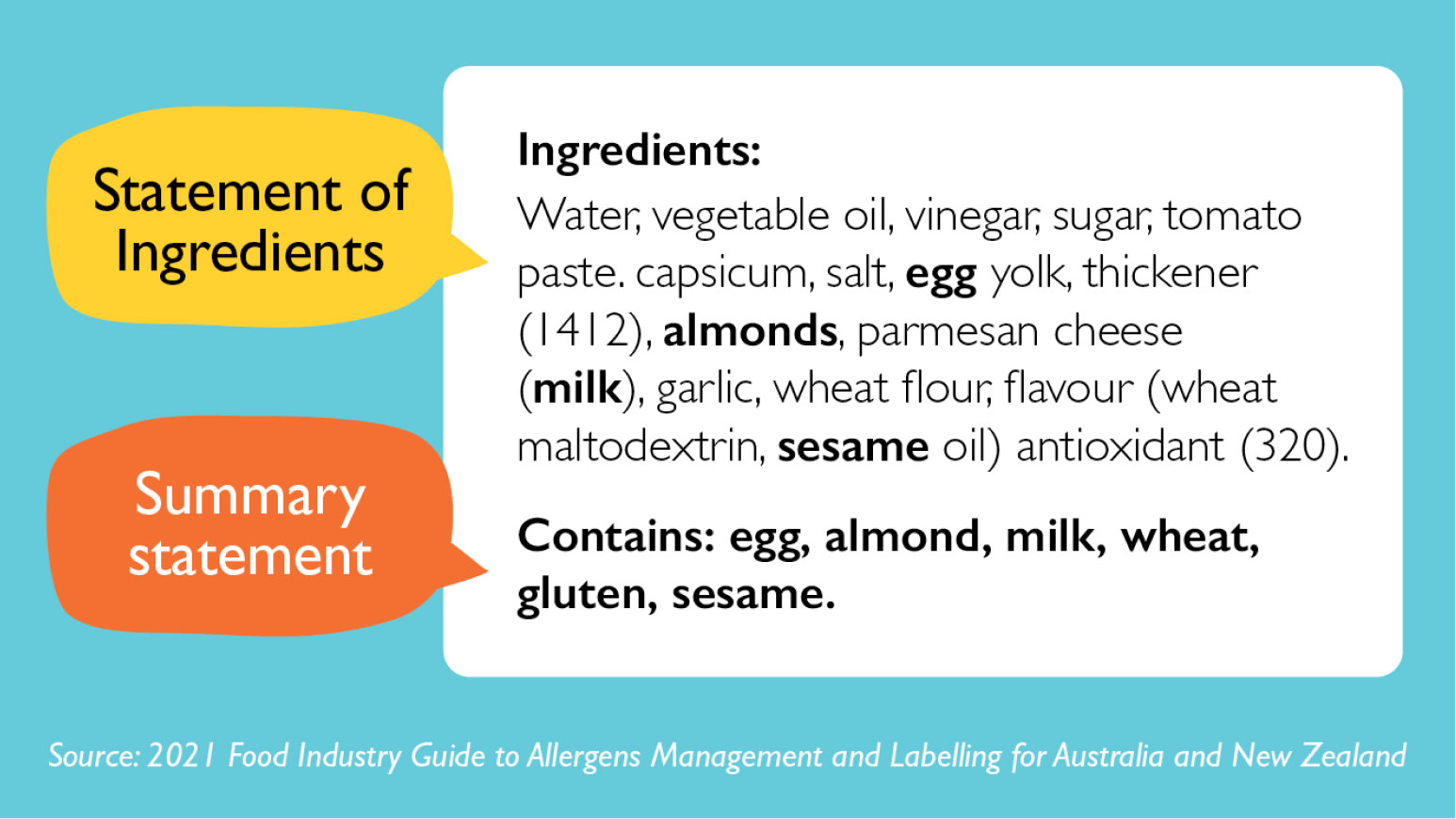

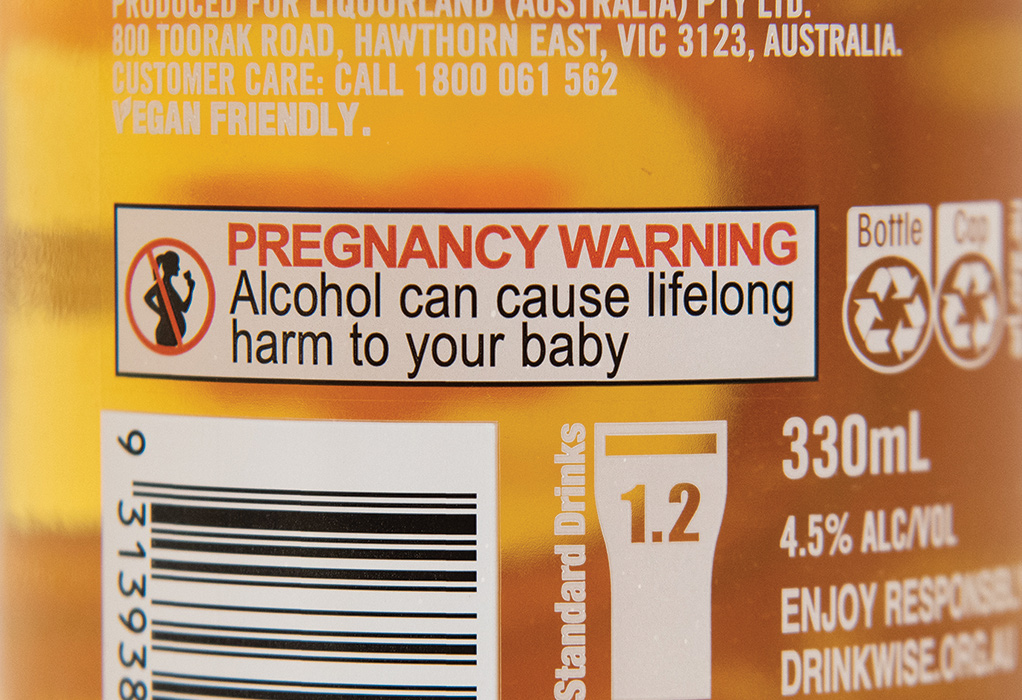




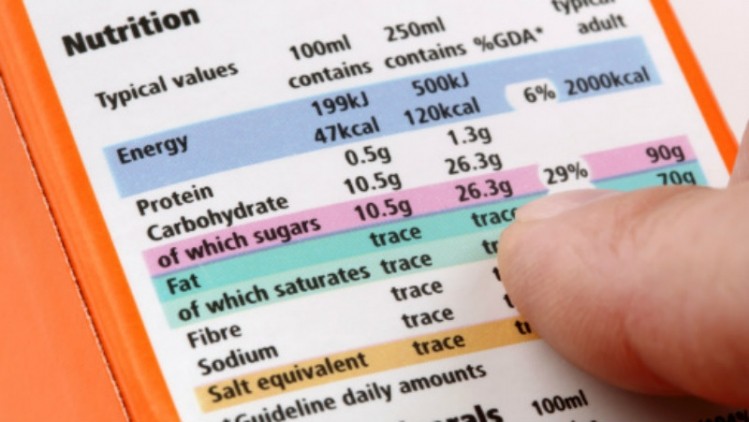

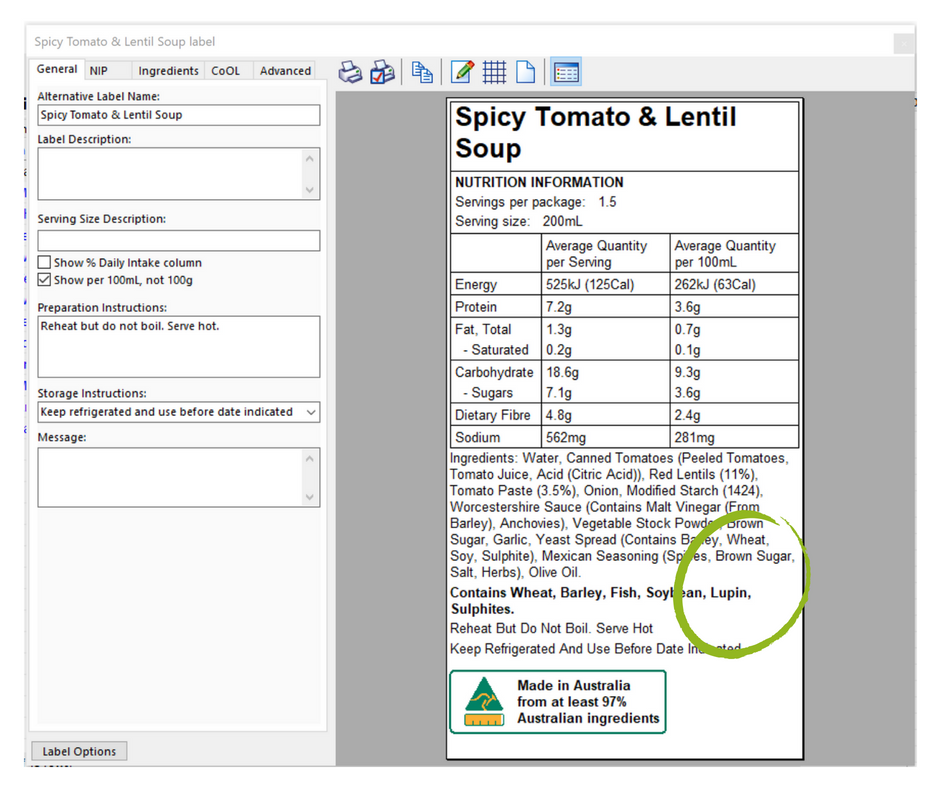

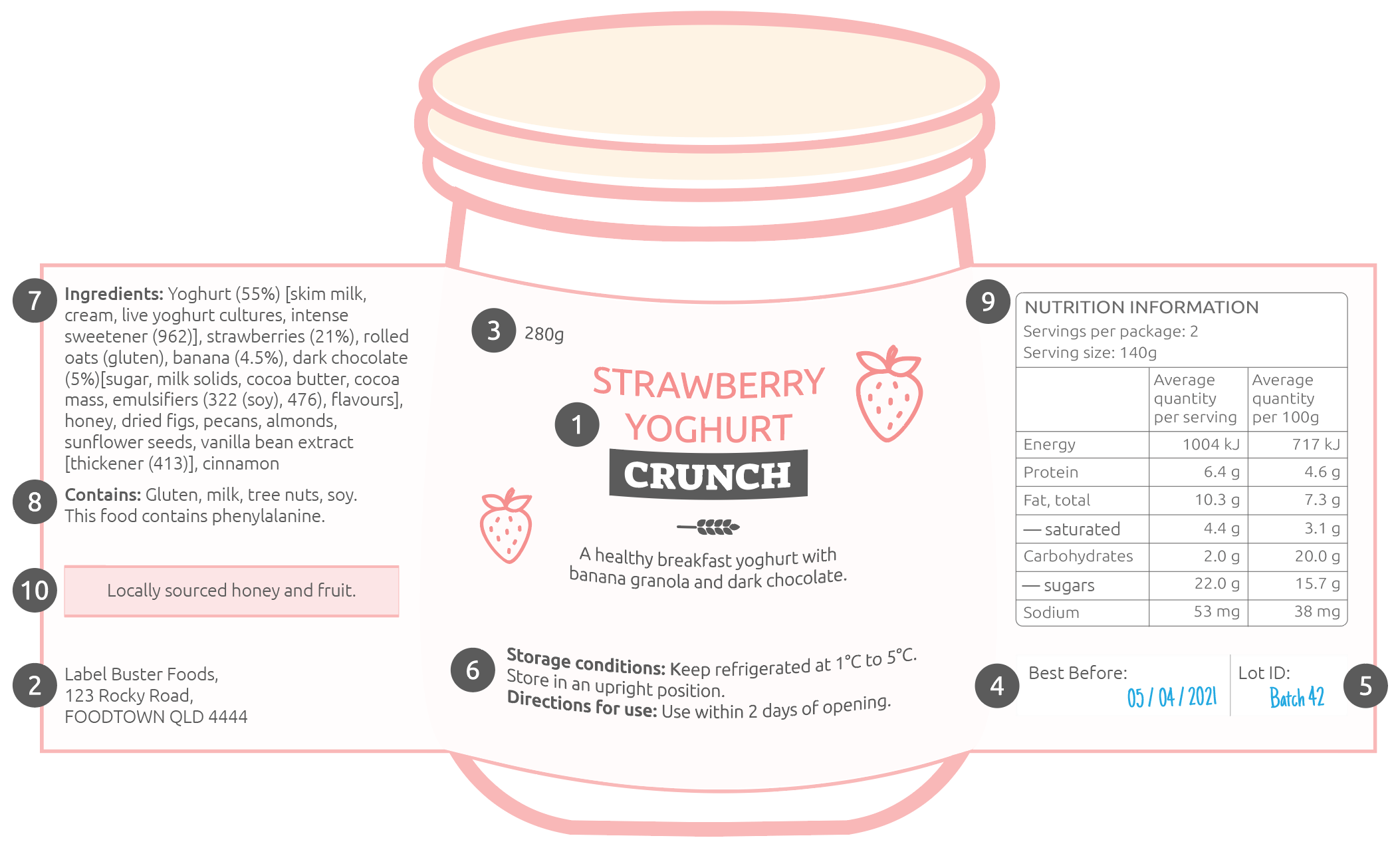
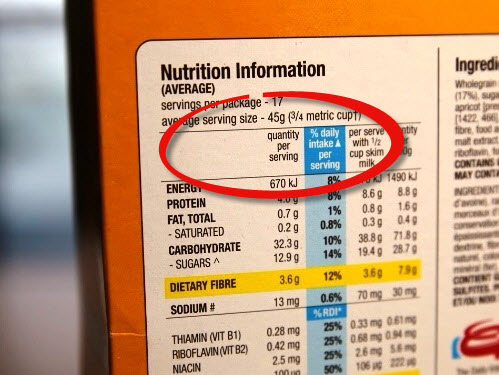
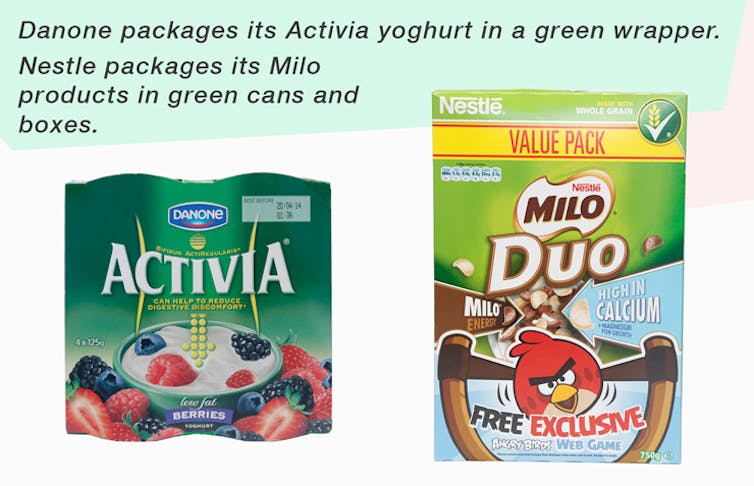

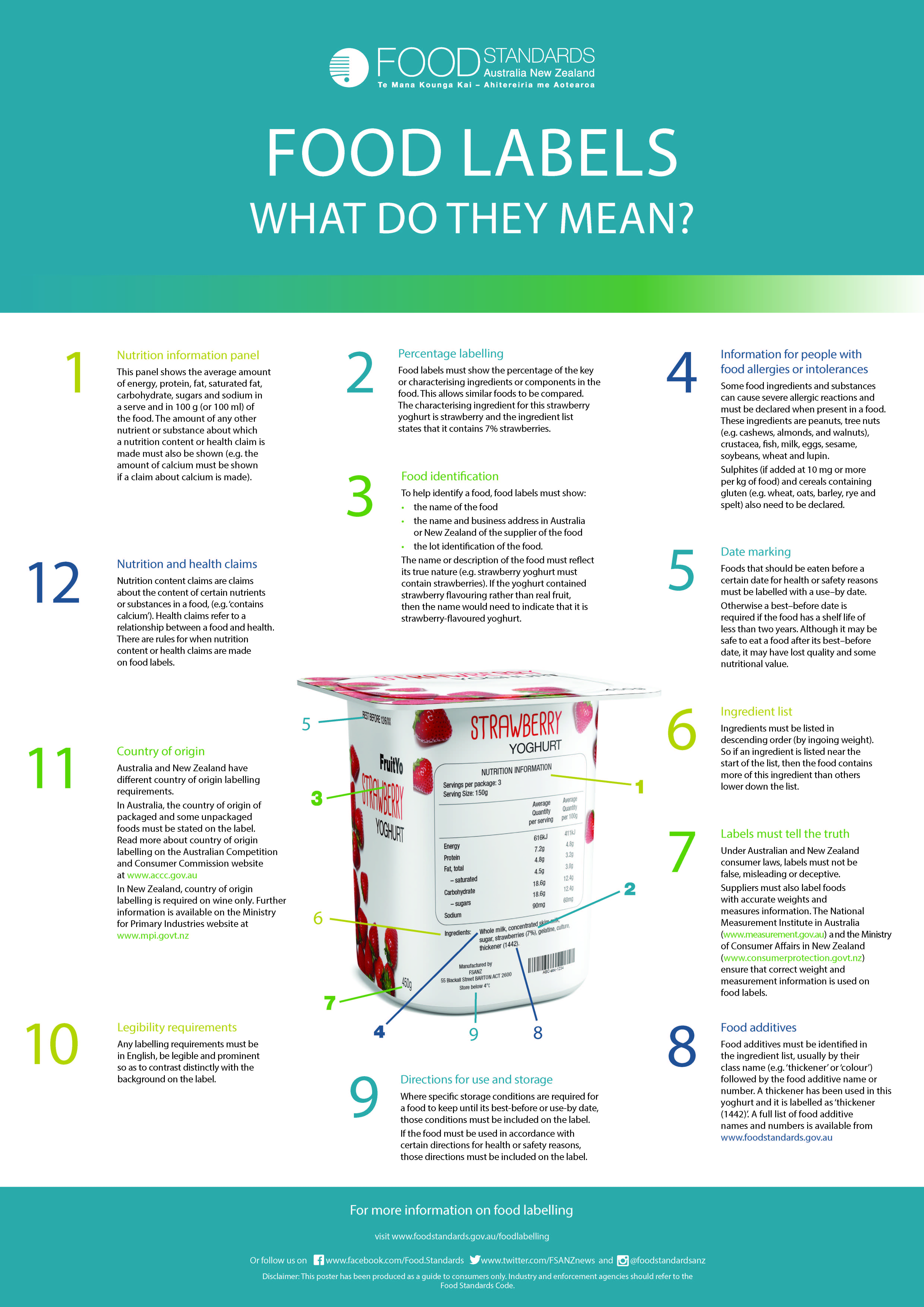

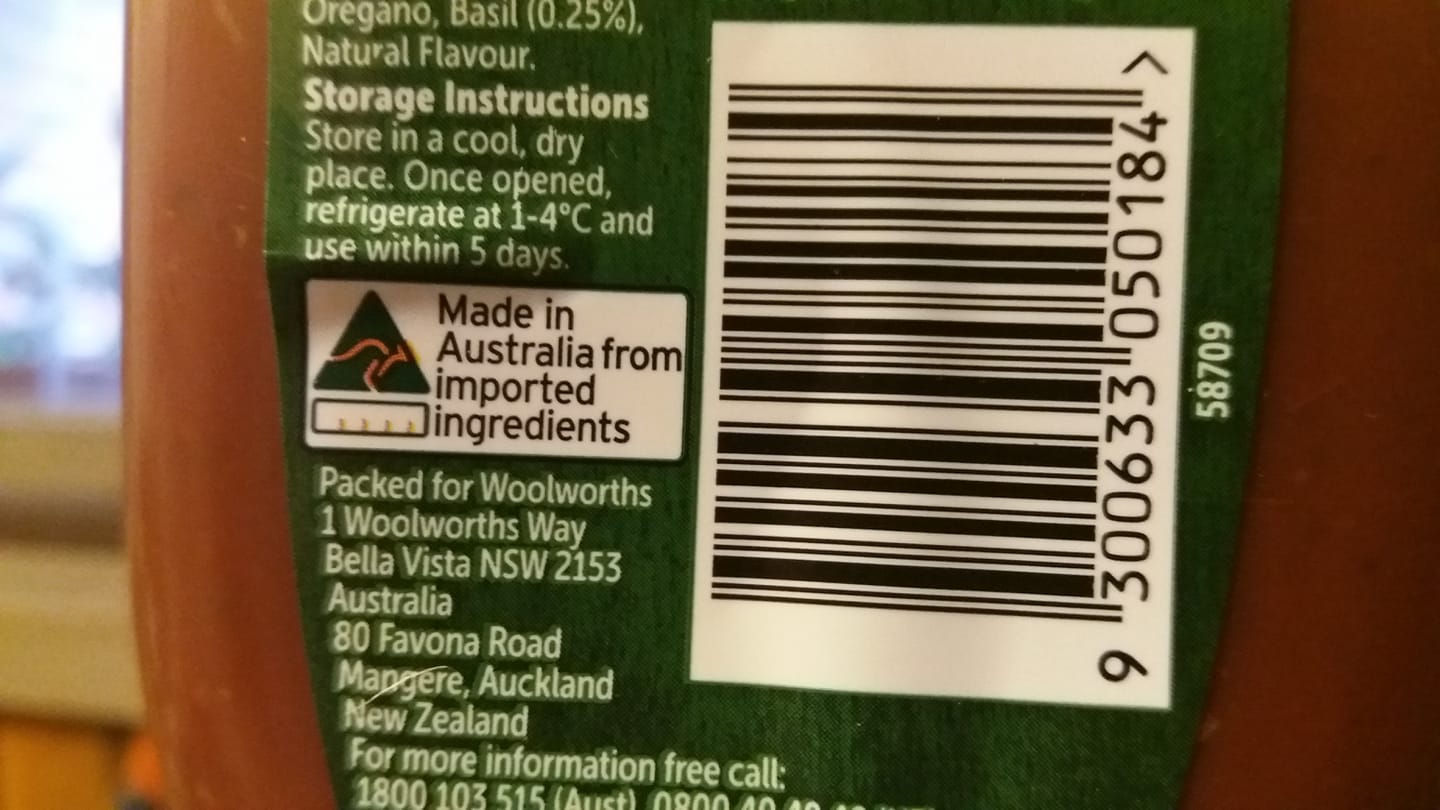
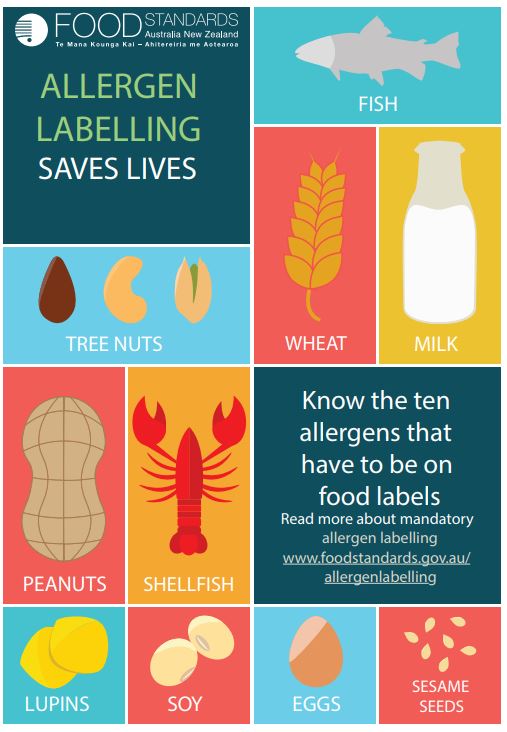
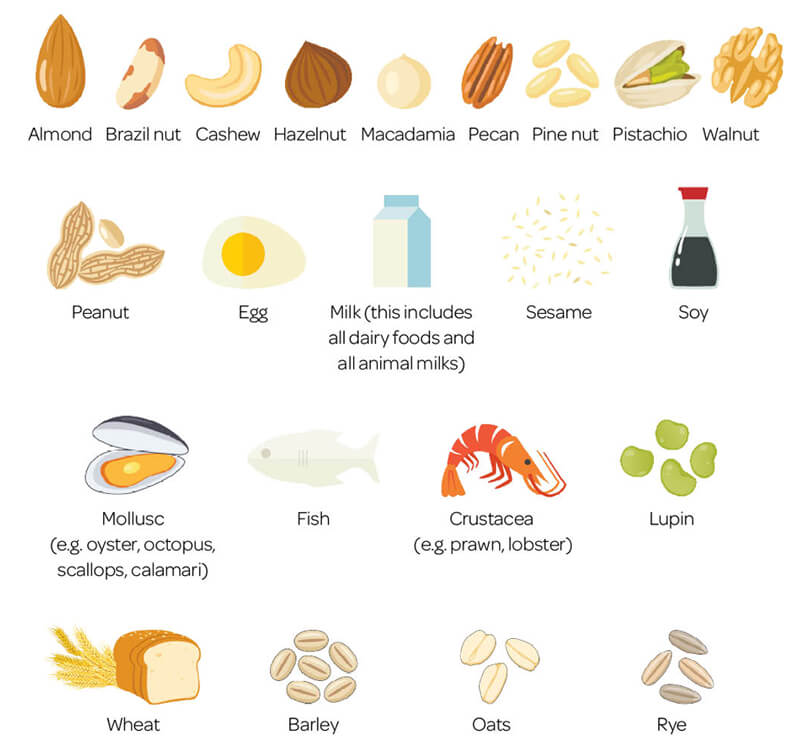


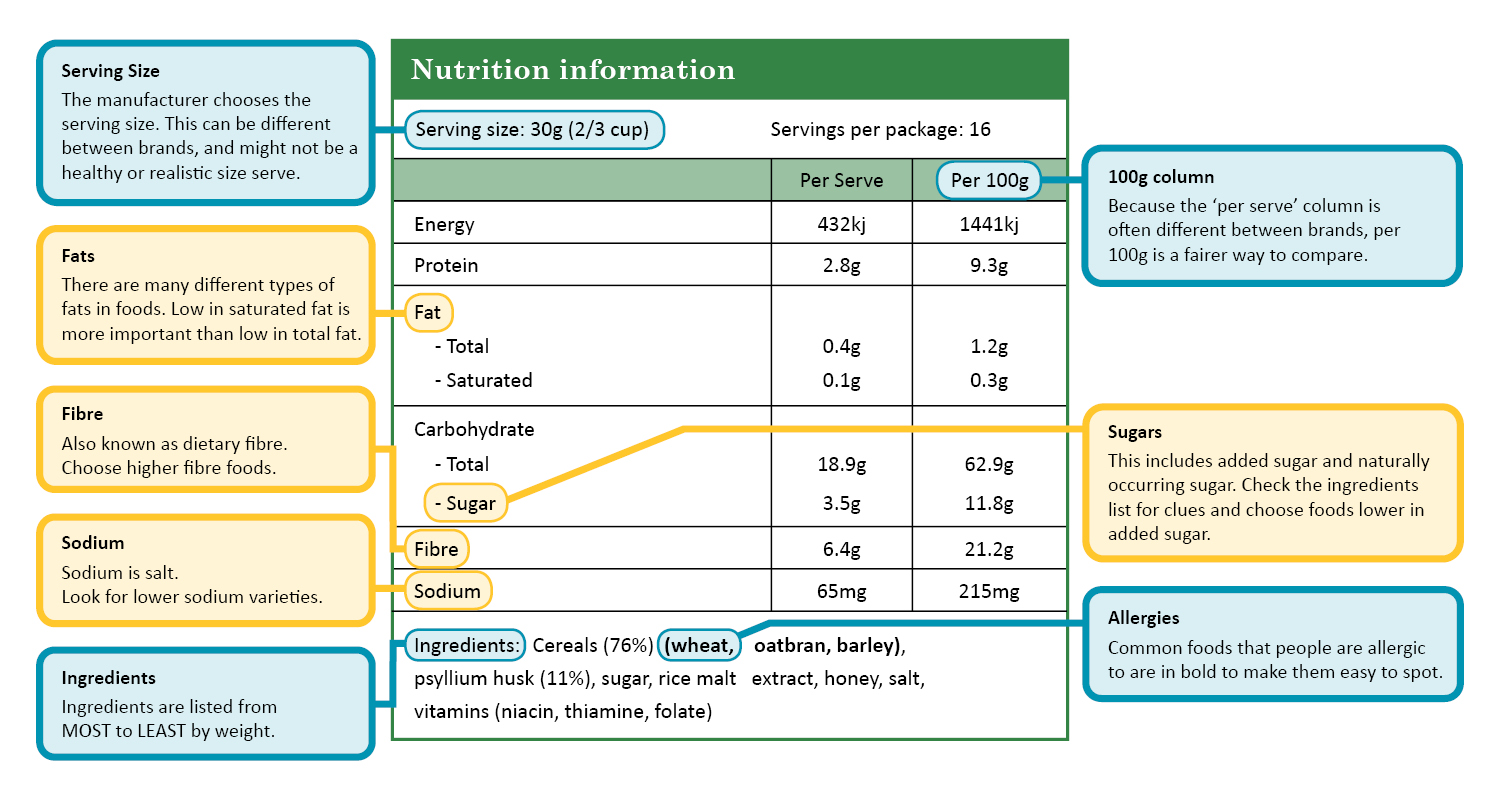




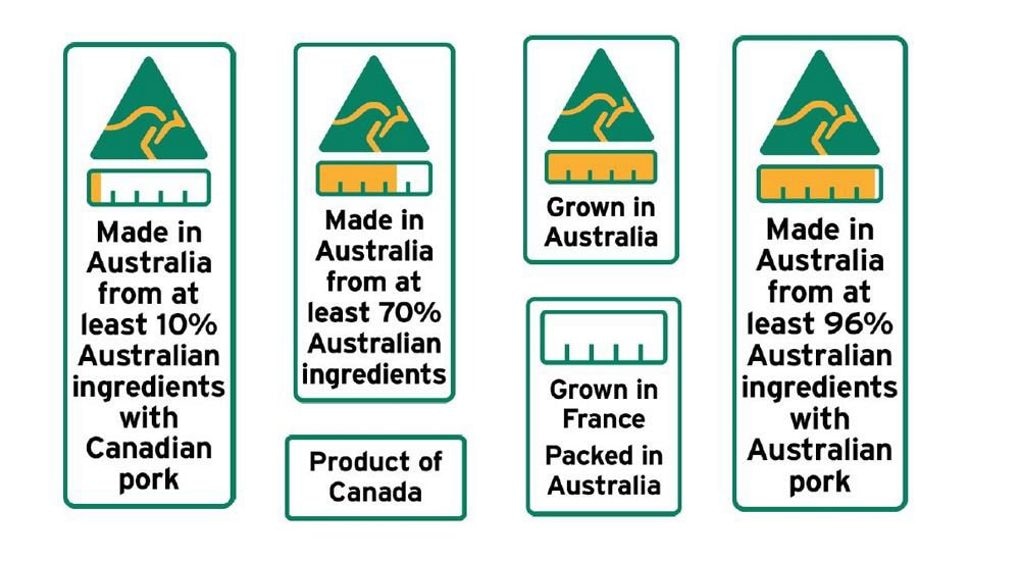
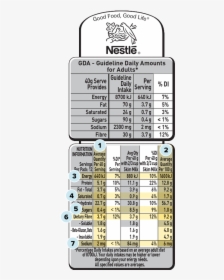
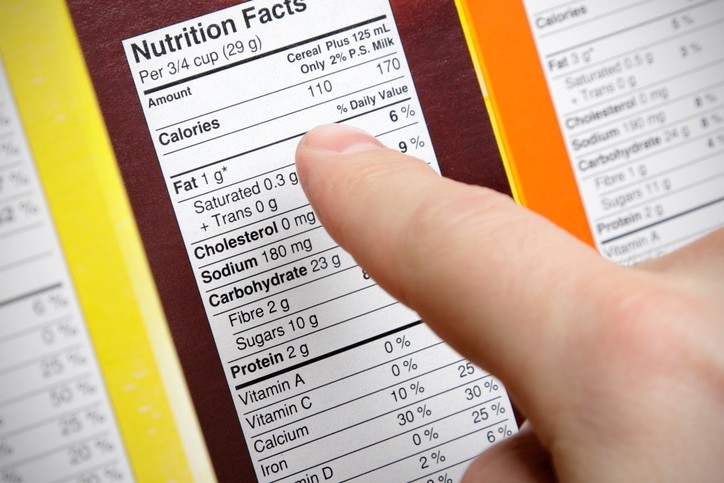
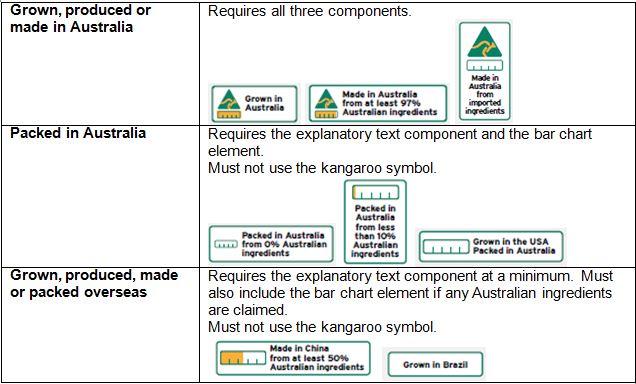


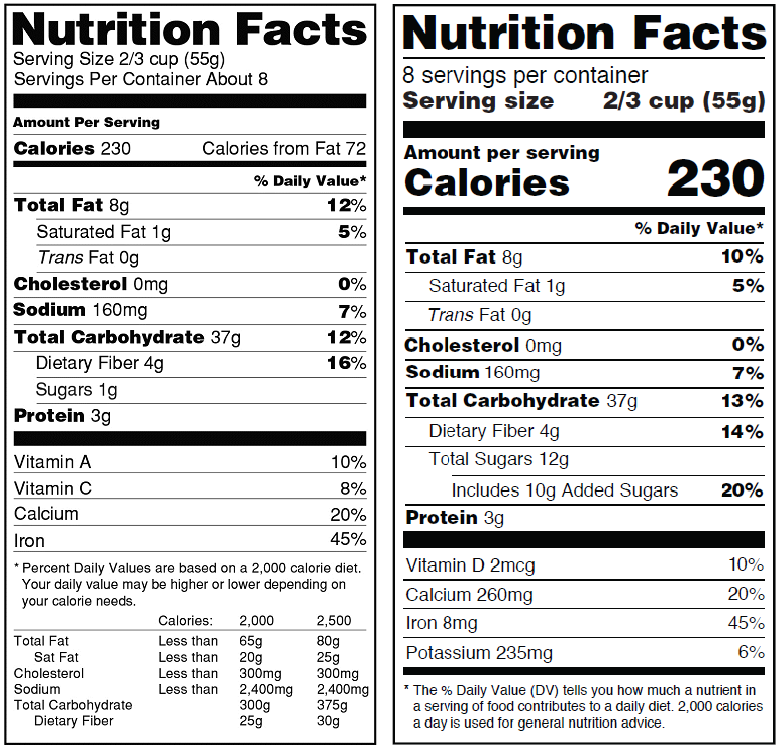

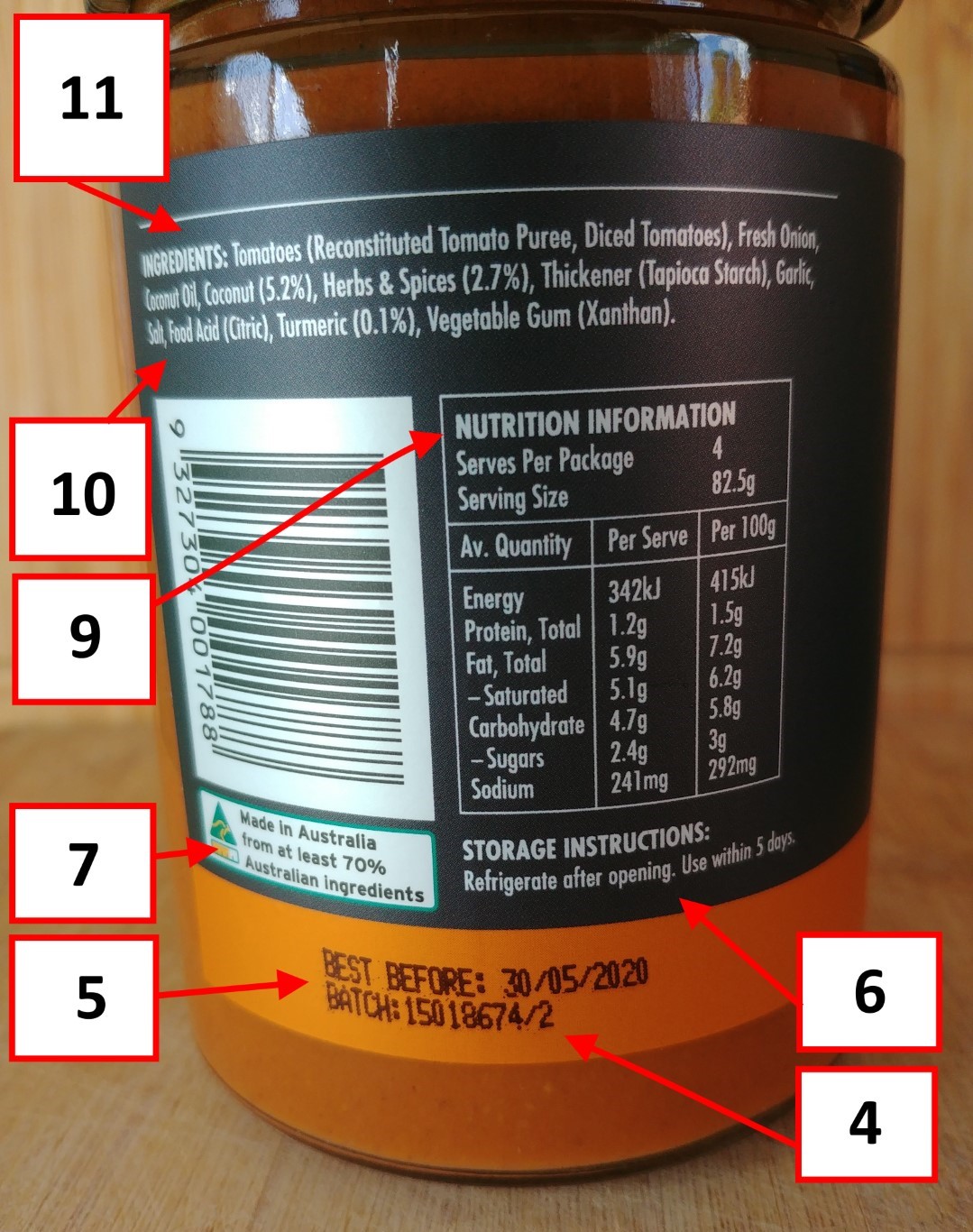
Post a Comment for "42 new food labels australia"